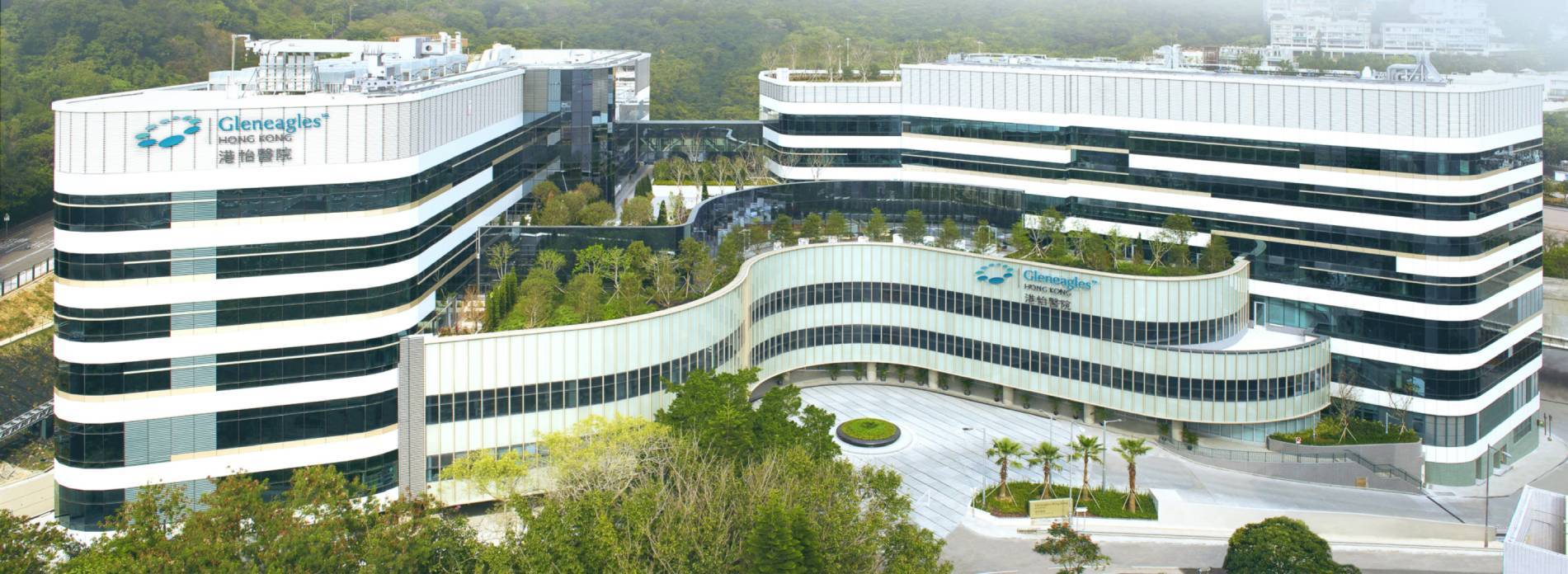Decompression Laminectomy
What is Decompression Laminectomy?
Laminectomy is a surgical procedure to relieve pressure on the spinal cord or spinal nerve roots caused by spinal stenosis. Spinal stenosis is the narrowing of the spinal canal, which puts pressure on the nerve-filled spinal cord, causing pain, numbness, or weakness in the legs, back, neck and arms.
The procedure involves surgery to the back to remove the bone and/or tissue causing pressure on the spine. Laminectomy can also be used to treat spinal injuries, herniated discs (commonly known as slipped discs) and spinal tumours.
Why is Decompression Laminectomy required?
Spinal laminectomy relieves the symptoms in the body parts affected by pressure in the spine, and helps patients to return to normal activities. The procedure involves surgery to the back to remove the bone and/or tissue that causes pressure on the spine. Laminectomy can also be used to treat spinal injuries, herniated discs (commonly known as slipped discs) and spinal tumours.





